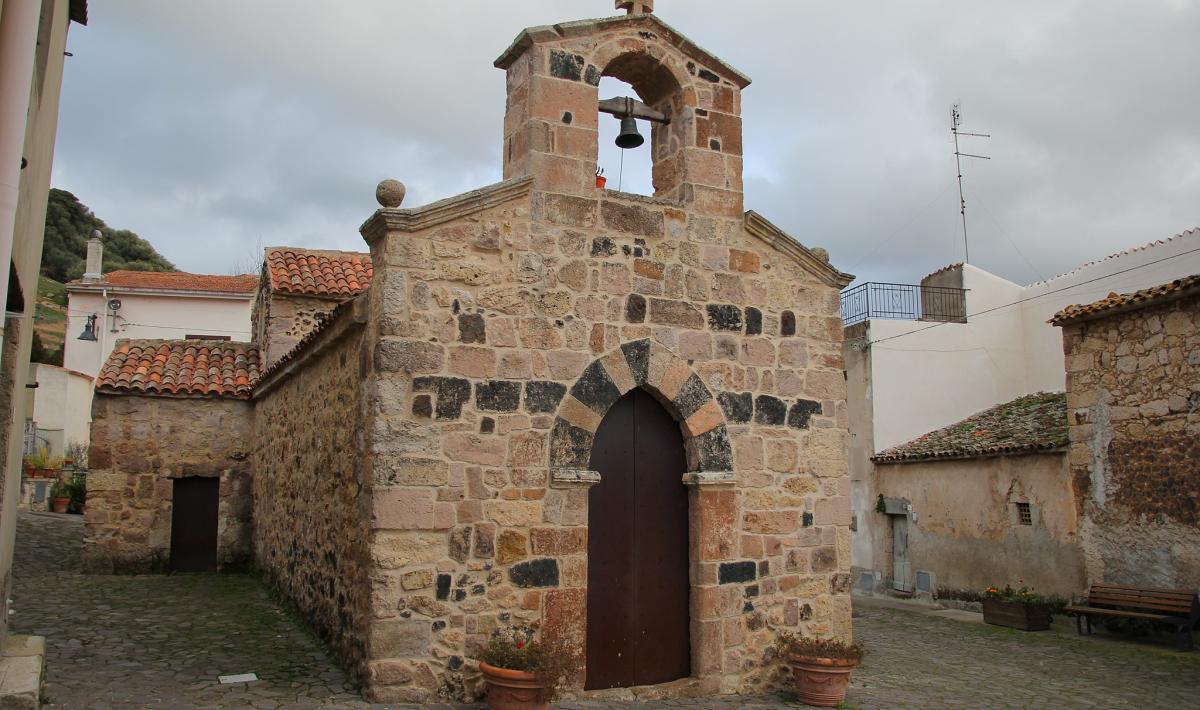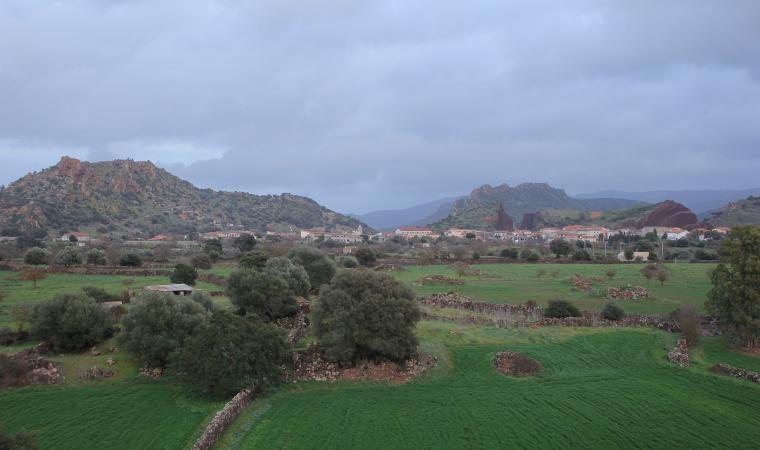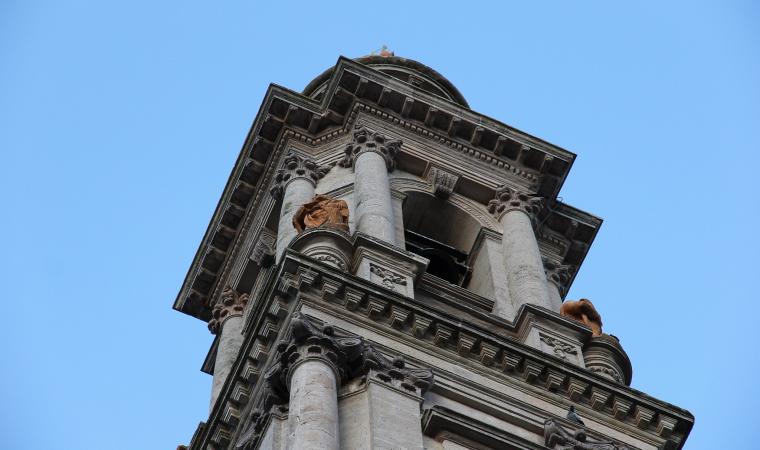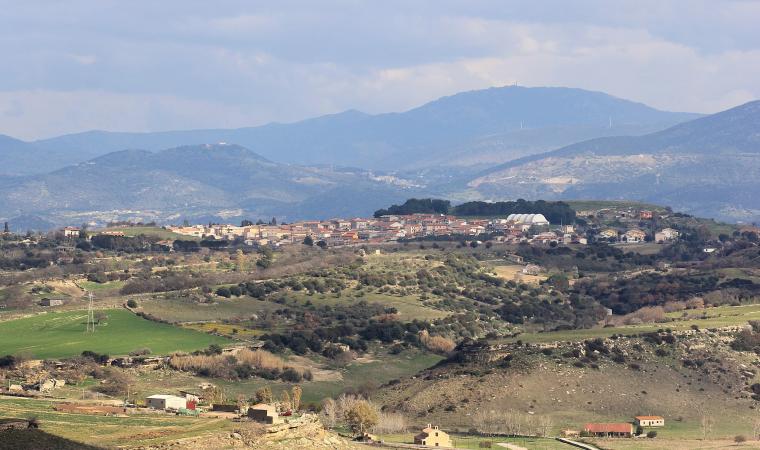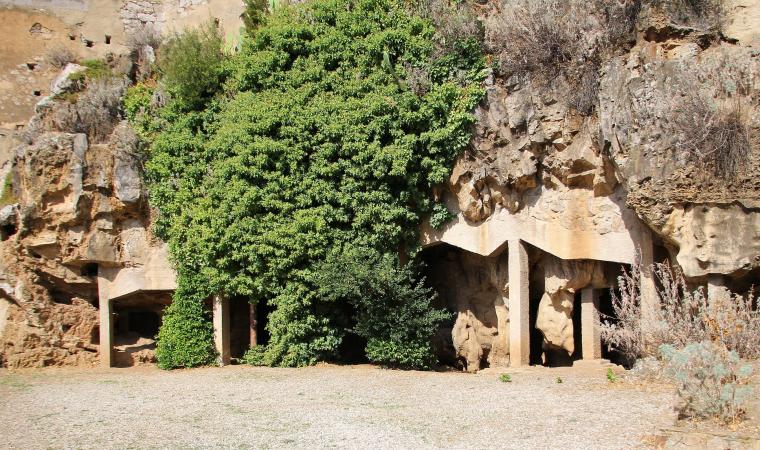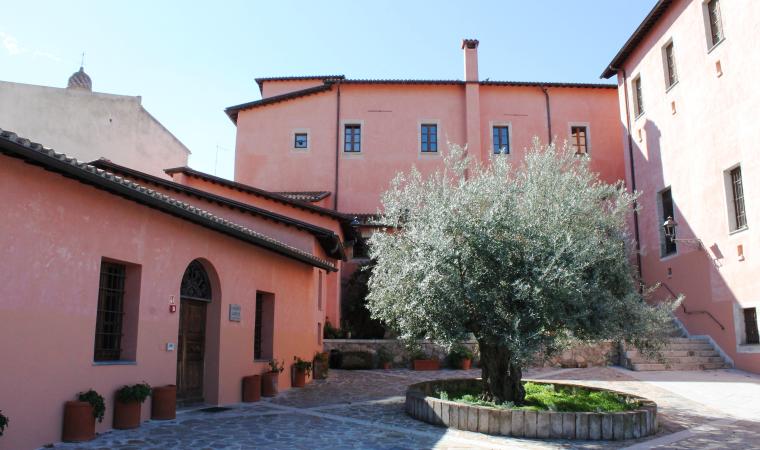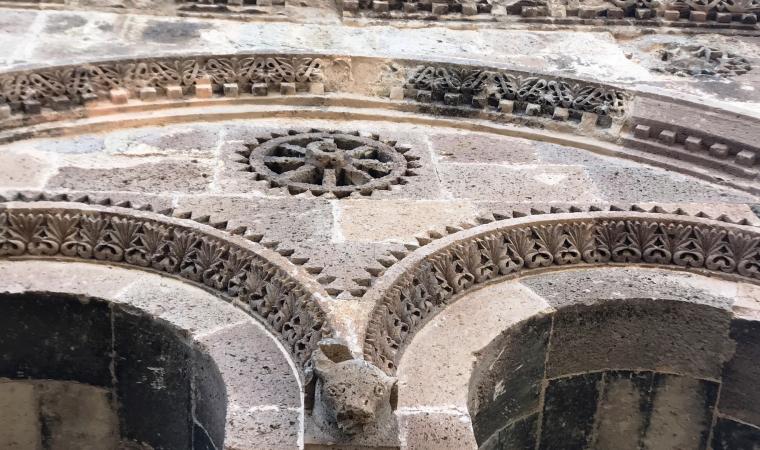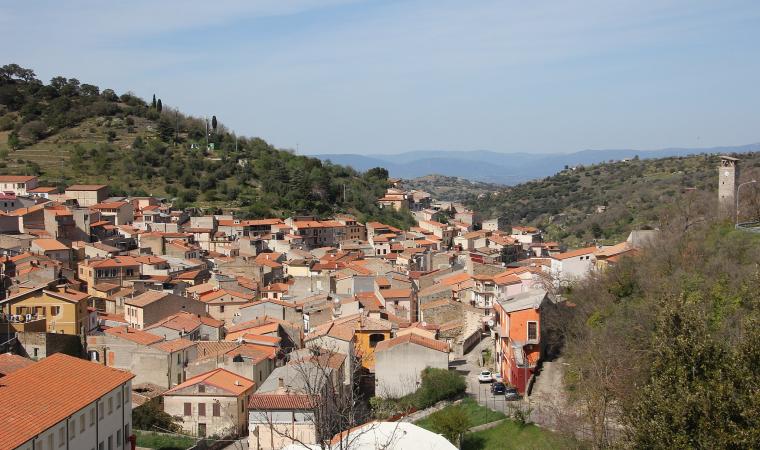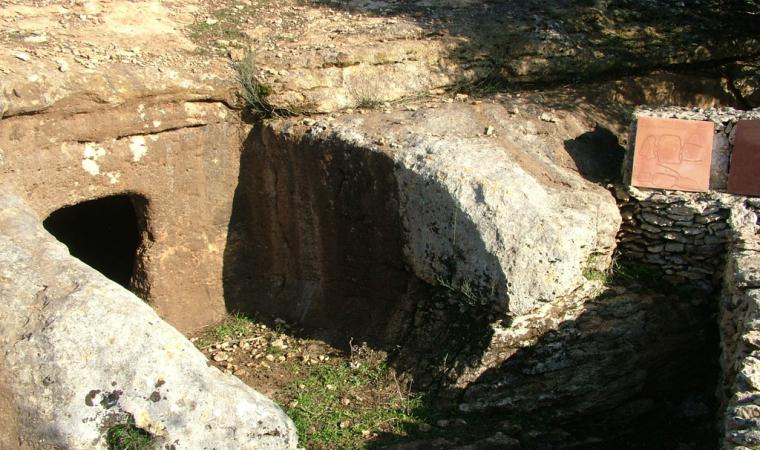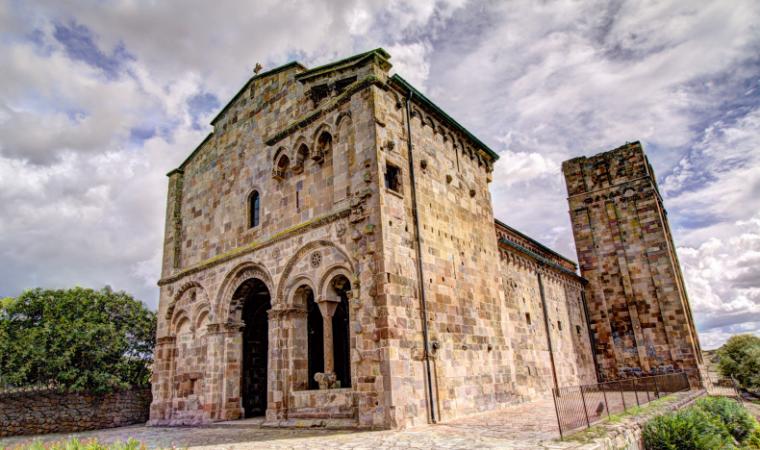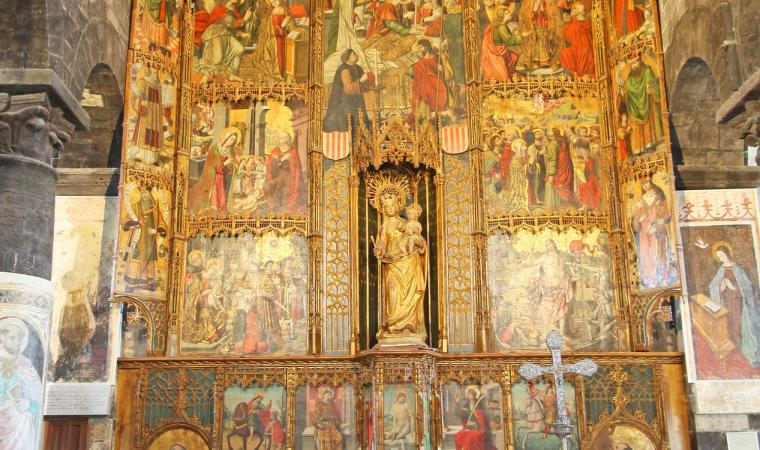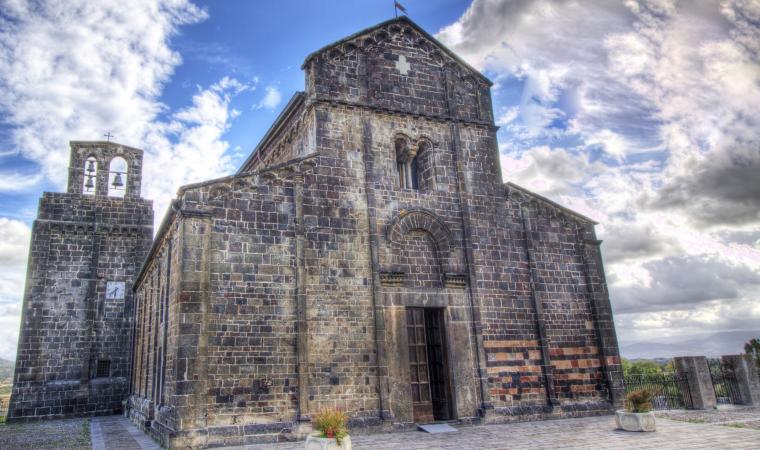There are very few examples of this unusual structure on the Island and it represents very rare evidence of the stylistic transition from Byzantine to Romanesque architecture. The church of Santa Croce stands on the northeastern edge of the village of Ittireddu, almost at the foot of the extinct volcano of Monte Liseri. It is likely that the town emerged around the church and, therefore, its origin would be in the Byzantine era. The first settlement can, in fact, be dated back to the 8th-11th century: it probably consisted of a building with a Greek cross layout and an apse on the east arm. Between the 12th and 13th centuries, a second construction phase took place, during which the west arm was extended and two other small apses were built on the eastern wall of the transept arms, although some suggest that the construction of the ‘apsidioles’ can be attributed to a pre-Romanesque phase. So, the church acquired its current Latin cross layout, with the distinctive feature of a transept that is narrower than the nave. Therefore, at the point where the arms cross, there is not a square but a rectangle, making a dome roof impossible - typical of Byzantine churches - replaced here by a barrel-vaulted tiburio dome.
The façade is typically Romanesque, with the dark basalt ashlars creating a two-tone effect, with a hint of Gothic taste in the pointed arch portal and the arch above it, resting on shaped basalt capitals. Aligned with the portal, you will notice a bell gable. The interior is simple and austere, with plastered walls - except for the apses, where the stone is exposed - and the nave and transept also with barrel vaults, while on the outside there is a pitched roof with shingles. The light comes in through small windows that open onto the minor apses and from two larger openings in the tiburio dome.
There are two other churches also worth visiting in Ittireddu: the first is the parish church, dedicated to Our Lady of Intermontes. Inside, there are precious furnishings, including a wooden simulacrum of the Virgin Mary and a few 16th-century painted altarpieces. Just outside the village, you will find the Romanesque church of San Giacomo, dating back to the 12th century. You can then learn about the village’s historical and cultural roots by visiting the CIvic Archaeological and Ethnographic Museum: you will find the agro-pastoral and artisan tradition of the village represented here, as well as numerous archaeological artefacts discovered in the territory on display - close to the volcanic craters of Meilogu and the Valle dei Nuraghi -, among which the Funtana e sa Domu e s’Orcu and the sacred well of Funtana ‘e baule stand out.

